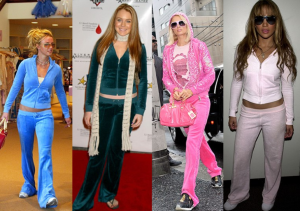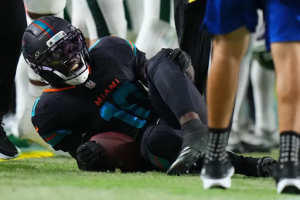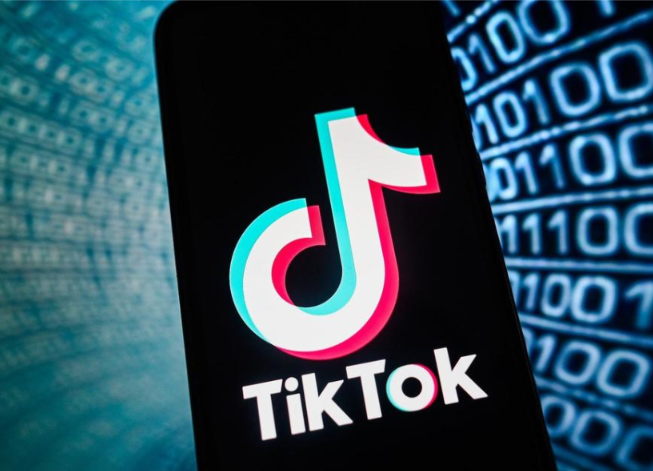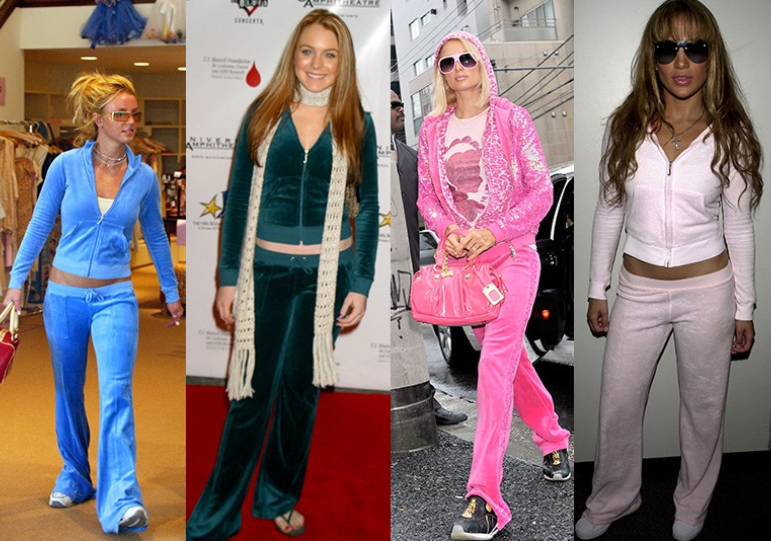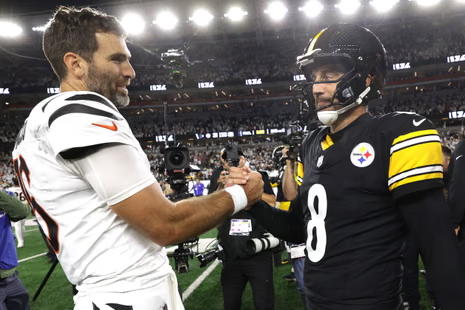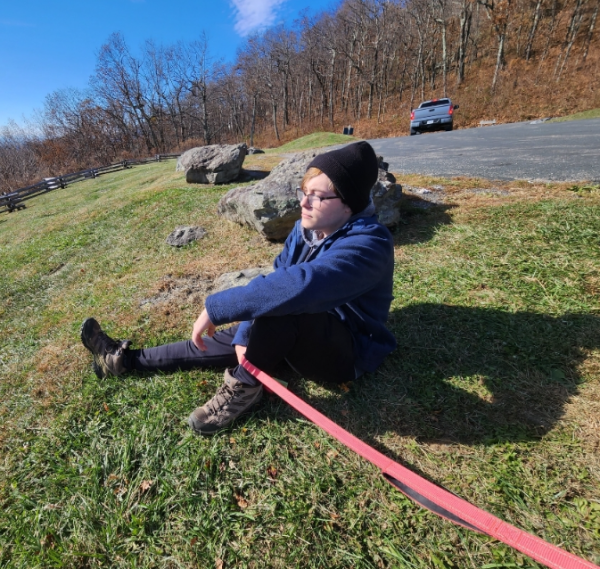After a two-year long investigation by 14 states, TikTok has been sued by all states involved due to increasing public health concerns. The lawsuit, released with redactions earlier this month, alleges TikTok “[chose] profit over the health and safety, well-being and future of our children” according to California Attorney General Rob Bonta. Though much of these filings were redacted, a flaw in Kentucky’s storage of the files allowed Kentucky Public Radio reporters to read past the digital redactions, uncovering previously unseen quotes and summarizations of TikTok internal communications from the suit.
The uncovered material revealed that TikTok was fully aware of the addictive potential of their app, as well as the harms of their algorithm on teenage mental health and beauty standards. The states also claim TikTok was negligent in their implementation of public health protections, choosing instead to prioritize algorithmic success.
One instance of this was in their use of screen time reminders, implemented to give “nudges” to users once they’ve spent over 30 minutes on the app. However, TikTok’s internal data collection revealed a “negligible” impact on user screen time with this feature, contrary to their public statements of its effectiveness. TikTok then abandoned future upgrades to the feature.
The suit also reveals TikTok knew of the excessive use of their app, especially by teens, and its impact. TikTok was aware of disruptions to sleep, and its effect of promoting negative beauty standards through its filters. The use of the app can “perpetuate a narrow beauty norm” and “negatively impact the wellbeing of our community,” according to one leaked document. The algorithm was also altered by TikTok to exclude “unattractive people” to users’ For You pages, finding it to have a negative impact on time spent on the app.
The suit also confirms suspicions by regulators of the highly addictive nature of the app, internal TikTok research revealing it takes only 260 videos for the average user to form a habit, an average of 35 minutes of screentime. Additionally, “compulsive usage correlates with a slew of negative mental health effects like loss of analytical skills, memory formation, contextual thinking, conversational depth, empathy, and increased anxiety,” internal research stated. TikTok was also aware this usage interfered with “sufficient sleep, work/school responsibilities, and connecting with loved ones.”
TikTok also put in place time limit settings on the app, though it didn’t have a substantial impact on the average app usage by teens, lowering it from 108.5 to 107 minutes per day. TikTok did not, however, measure the success of this feature on screen time reduction. The success of the feature was gauged on “improving public trust in the TikTok platform via media coverage,” according to internal documents. Additionally, internal communications revealed this intention further: “Our goal is not to reduce time spent,” one project manager stated.
“The younger the user, the better the performance,” one internal document stated. We see this effect everywhere, from in class to family dinner. From TikTok’s own estimates, 95% of US phone users under 17 use TikTok at least once a month. For our generation, the platform will have a massive impact in the way we interact with each other and the world. We have to be aware of the app’s harms and how the algorithms affect us. With this lawsuit and the deadline for TikTok to be sold or face a countrywide ban in Mid-January, the future of the app remains uncertain. For now, we have to be aware of the app’s impacts on us and regulate ourselves with our use, or we might miss out on all sorts of opportunities in the future.



